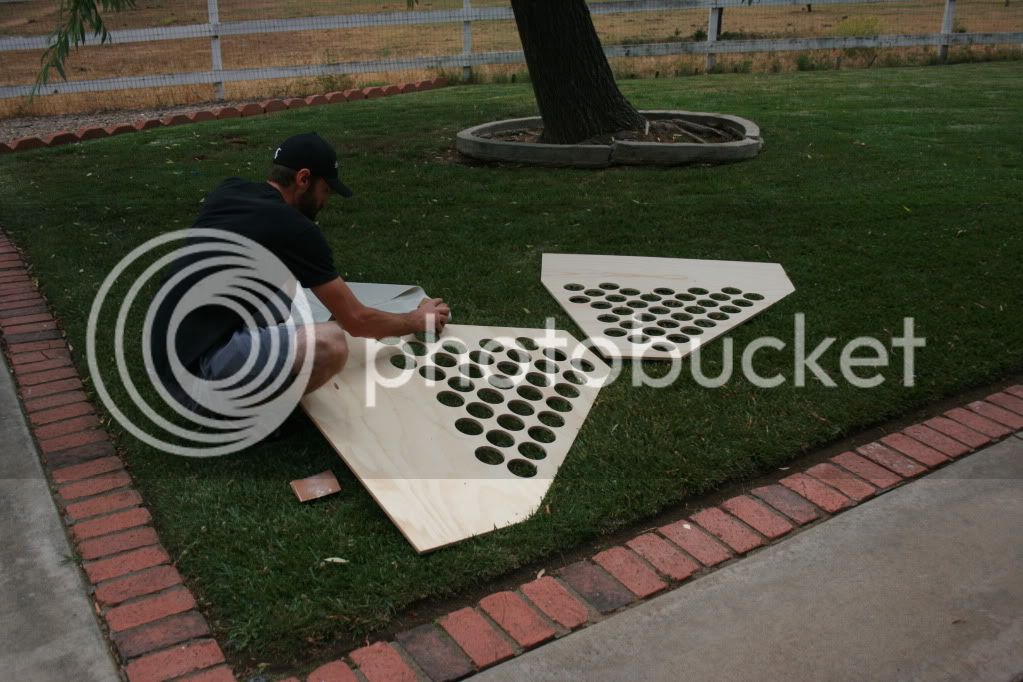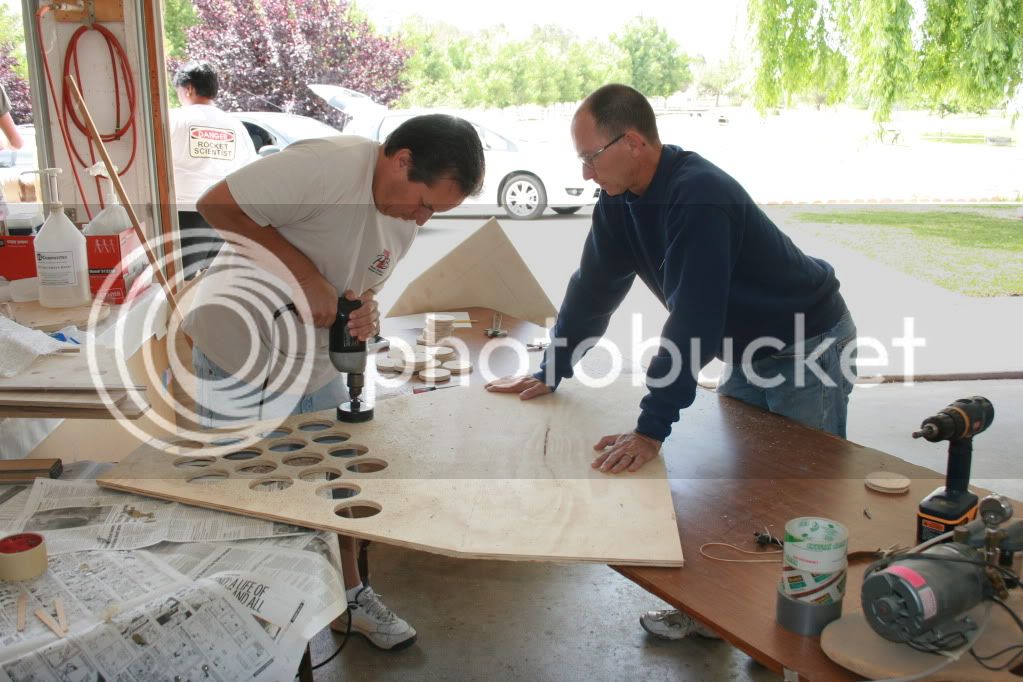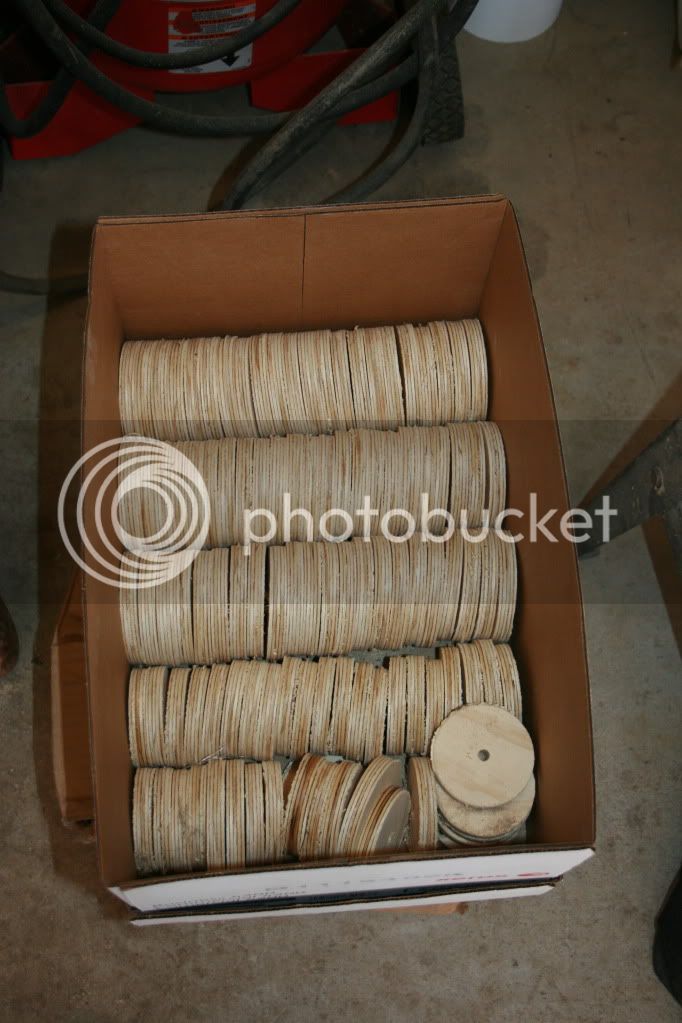Scott Evil
Well-Known Member
- Joined
- Nov 15, 2009
- Messages
- 812
- Reaction score
- 3
Just theoretical at this point but am curious as to what you guys think about it.
I saw this idea here somewhere, (a big JayHawk?) where a lot of fin lumber was removed and replaced with foam to reduce weight.
Anyways, picture Endeavour fins, 0.5" Birch Ply, 8" span with 1~1.5" inch holes bored through them in some smart honeycomb fashion. (20~30% wood/weight removal)...Then replace the removed wood with foam and cover the fins with enough fiberglass to regain some of the original strength.
"Theoretically", this could substantially reduce total weight by a few pounds or better if done correctly.
There's probably good reasons why this isn't already common but can't seem to find them.
Here's a quick bar napkin drawing but with too many holes and not quite where they should be.

I saw this idea here somewhere, (a big JayHawk?) where a lot of fin lumber was removed and replaced with foam to reduce weight.
Anyways, picture Endeavour fins, 0.5" Birch Ply, 8" span with 1~1.5" inch holes bored through them in some smart honeycomb fashion. (20~30% wood/weight removal)...Then replace the removed wood with foam and cover the fins with enough fiberglass to regain some of the original strength.
"Theoretically", this could substantially reduce total weight by a few pounds or better if done correctly.
There's probably good reasons why this isn't already common but can't seem to find them.
Here's a quick bar napkin drawing but with too many holes and not quite where they should be.












